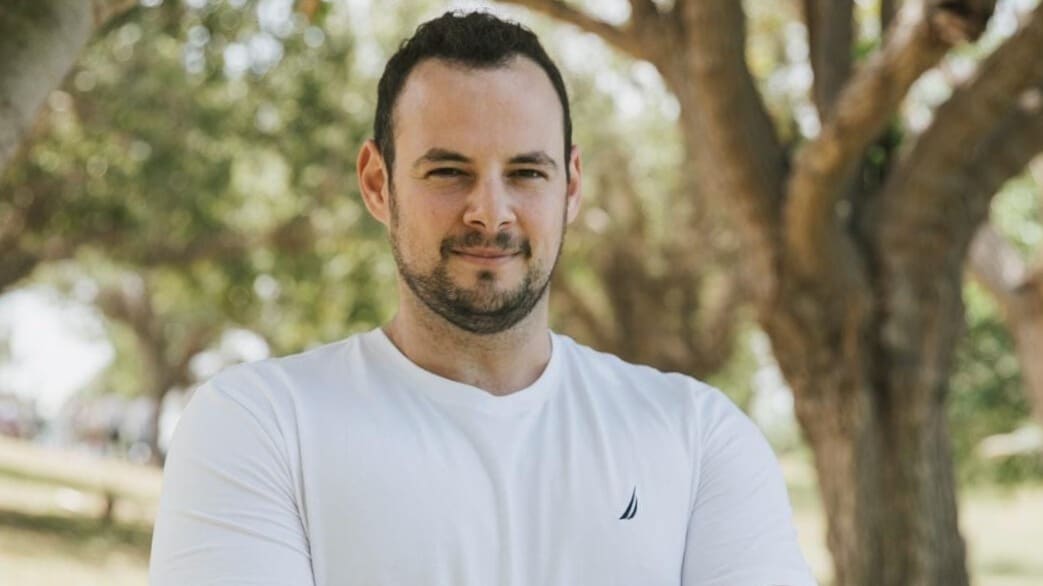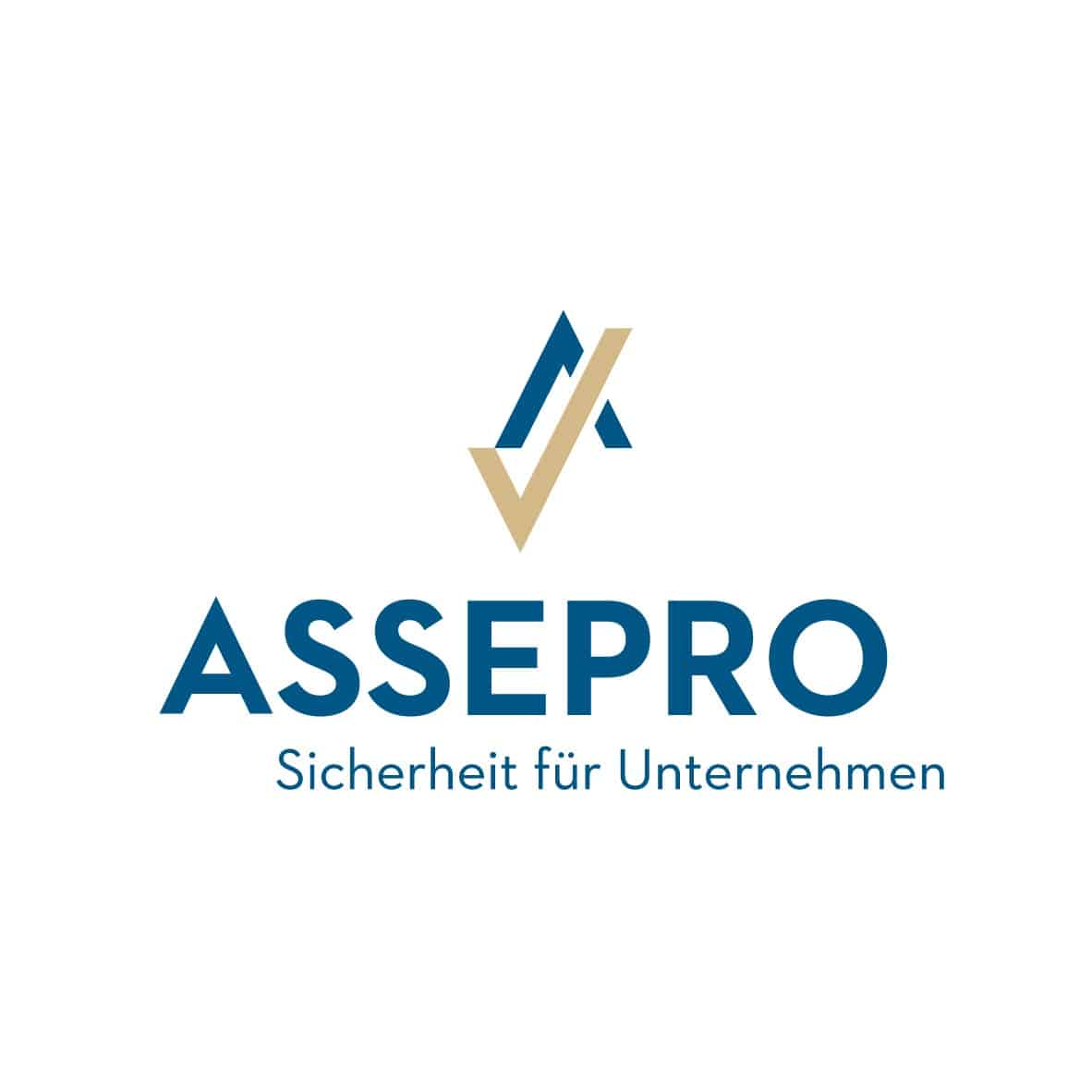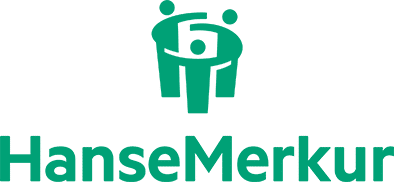Caelus.space: How space technology is reinventing the insurance industry
10 November, 2025 | Nicht kategorisiert Current General Interviews
At the interface between satellite technology, geodata and insurance, Caelus.space develops solutions that can detect ground movements before damage occurs.
Founder Amit Hellman explains how the “space revolution” is changing risk modeling, why collaboration is important and what insurers need to know as new levels of data reshape underwriting and claims handling.
Amit Hellman, can you briefly tell us how Caelus.space came about? What problem did you originally want to solve and how did this develop into an InsurTech offering?
My connection to the world of geotechnics and remote sensing has always been one of my greatest passions. Over the last few years I have gained experience in development and management roles in the remote sensing industry whilst studying geotechnical engineering at university. I was constantly looking for a way to combine these two disciplines to make a positive difference.
As I continued this journey, I learned of a specific case in Israel where an entire neighborhood was slowly sliding down a slope, causing hundreds of millions of dollars worth of damage. This inspired me to develop a methodology, i.e. a thesis that combines my accumulated experience to determine whether this movement can be detected at a very early stage.
The initial results were very encouraging. We received numerous case studies from partners and organizations worldwide for validation, and in each case we were able to successfully observe and predict the developing damage months and even years in advance.
This profound insight into our predictive ability naturally led us to the insurance sector. Insurers can use these unique insights not only to expand their portfolios and manage risks more effectively, but above all to ensure the safety of their end customers.
Your platform focuses on the early detection of ground movements such as subsidence and land deformation. What technologies enable this predictive capability and how does it differ from traditional risk assessment?
Our forecasting capability is based on a robust, five-stage engine that masterfully integrates advanced sensor technologies. At its core, we utilize a constellation of over 29 satellites, relying fundamentally on Synthetic Aperture Radar (SAR) and multispectral imagery as our data foundation. The real innovation lies in the fusion of this powerful remote sensing data with geotechnics. On the one hand, we use machine learning models to extract numerous important geotechnical parameters directly from the satellite data. On the other hand, we use sophisticated signal processing to detect structural movements with exceptional accuracy down to just 2 mm for each structure we map.
By combining this precise, real-world data with a deep learning model, we have created an engine that is able to provide a prediction of evolving ground movement hazards for any building in the world. This approach fundamentally changes risk assessment from a reactive process based on historical loss events and visible damage to a proactive and predictive process that enables insurers to identify and mitigate risks months or even years before a catastrophic loss or claim occurs.
You started out in the infrastructure sector before expanding into the insurance sector. What triggered this strategic change and what key differences do you see between the two markets?
We started in the infrastructure sector and are still very active there with projects in the USA, Israel and even India. The main catalyst for the strategic shift to insurance was the realization that we had predictive capabilities. When we saw that we could reliably predict defaults months or years in advance, we knew that this insight could change risk management on a global scale and across the portfolio, which is exactly where the insurance industry operates.
Although both the infrastructure and insurance markets are showing increasing openness to new, disruptive technologies, the operating cycles differ considerably.
In the infrastructure market, things are generally more manageable. The infrastructure itself belongs to our direct customer, be it a technical manager, safety manager or maintenance manager. When we identify a risk, there is a clear chain of command and an immediate interest to act. If we identify a deformation that could cause 10 million dollars worth of damage to a major intersection, we don’t have to convince multiple stakeholders outside their operational area; they can simply act, for example by opening a drainage channel in a retaining wall. The sales cycle is therefore shorter, and the damage we prevent can often mean the difference between job security and a serious career setback for the responsible party.
The insurance world, on the other hand, requires patience and time to build trust and integrate into the company’s operations. We understand that. The people responsible for implementing our solution are part of a huge value chain. It takes time for a large company to understand exactly where in this chain the solution is needed and how big the problem is. For example, when we first approach departments such as NatCat or Business Development, they often do not have accurate data on the extent of the ground movement problem in their portfolio. Only after an in-depth analysis of their damage statistics do they realize the true extent of the problem. In addition, implementing new technologies in a large insurance company also requires a lot of patience, as they often work with multi-year work plans and the timing of a decision can unfortunately fall outside the time window for new strategic initiatives.
France suffered losses of over 1.2 billion euros last year due to subsidence, which led to a 20% increase in premiums. How can insurers use your findings to mitigate or even prevent such cost increases?
The situation in France is a prime example of how climate change is creating new, uncontrolled systemic risks for the insurance industry. France in particular has experienced record-breaking droughts and rainfall fluctuations due to climate change, which has led to an increased risk of ground movement. The €1.2 billion in losses is alarming, especially as the state does not classify land subsidence as a natural disaster (Nat Cat) in most cases, forcing customers to sue their insurers, who ultimately have to bear the costs.
The core problem is the lack of an accurate, continuous and scalable tool to understand where these losses occur. Caelus.space solves this problem directly by providing property-level predictive risk analytics across an entire national portfolio. We enable insurers to mitigate this cost increase in three key ways:
- Portfolio-wide risk assessment: We calculate the specific risk value for each individual property in a country such as France. This allows the insurer to accurately quantify its expected annual portfolio losses due to ground movements for the coming year and move from aggregated models to precise financial projections.
- Proactive loss prevention: This is our most powerful tool. We can identify emerging threats to the customer’s property months or even up to two years in advance. By pinpointing the exact location of the looming problem within the property, we enable minimal early intervention to prevent a potentially catastrophic six-figure loss.
- Refined underwriting and risk transfer: If the client is unwilling to work with the insurer to mitigate the identified risk, our data provides the underwriter with the objective, detailed evidence they need to make informed decisions. This allows the insurer to exclude certain quantified sinkhole risks from the policy, avoiding liability risks before they materialize.
Many start-ups fall in love with their technology instead of focusing on the actual business needs of insurers. How do you ensure that Caelus.space remains customer-centric and not technology-centric?
After over 200 conversations with industry executives, we have gained a deep understanding of the sector’s needs: from who to approach, to understanding the annual decision cycle, to the urgent need to comply with regulatory frameworks and standards such as GDPR, DORA, ISO and SOC.
We quickly understood a central fact: The customer wants technological change, but the operational “ship” must continue to sail in its current direction without major disruption. Therefore, our approach is based on removing barriers to entry and integration.
We don’t need any internal data from the client to get started. We just need to know which country or portfolio they want to monitor. Then we apply our technology to provide the first level of data.
When we reach the proof-of-concept (POC) phase, we don’t hold back. We open the ‘hood’ fully and present all five stages of our model to ensure the client understands the depth of the product. We provide a building-level risk assessment as well as more than 15 additional statistics.
We recognized early on that setting up a complex CRM system for insurers is unnecessary and would only represent another hurdle. Instead, we adapt to the pace of the customer. We deliver the raw and processed data your teams need in the simplest and most accessible format: via a single API or via simple Geographic Information System (GIS) layers.
What does the current “space revolution” mean for the insurance industry? Which new data levels or functions will bring about the biggest changes in the next three to five years?
The current “space revolution” is an electrifying force that is profoundly changing the insurance industry. Driven by an unprecedented increase in orbital utilization with over 12,000 satellites orbiting the earth and at least 60 more being launched every week, the technological convergence of advanced AI and enhanced optics is fundamentally changing risk management. At the heart of this transformation are the approximately 3,000 active Earth Observation (EO) satellites that enable “hundreds of different types of monitoring and modeling” that directly benefit the insurance industry.
Let’s take a major disaster as an example: If a tornado sweeps through an area in the afternoon, the exact location of the damage and flooding can be determined and transmitted to insurers that same evening. While this instant, area-wide assessment capability is invaluable for speeding up claims processing and easing the burden on customers, the truly revolutionary aspect is the ability to use this continuous stream of data for predictive risk management.
Looking ahead over the next three to five years, the continued integration of EO data with powerful AI will bring about the most transformative new capabilities, enabling “any manipulation of our portfolio”. This means moving beyond general risk modeling to granular asset-level information. The space revolution is thus transforming orbital data into highly actionable, predictive information.
Caelus.space is currently self-funded. How does this affect your growth strategy, your timetable and your product roadmap compared to VC-financed competitors?
In a time characterized by rapid venture capital deployment and pressure for exponential growth, Caelus.space is taking a very different course. Our decision to remain bootstrapped is not a limitation, but a fundamental pillar of our strategy, timeline and product roadmap, especially in comparison to VC-funded competitors.
For us, patience is key. In a specialized sector like insurance technology, where trust and deep integration are paramount, an aggressive, VC-driven burn rate would simply lead to a waste of capital.
This approach has a direct impact on our growth strategy. Rather than pursuing aggressive, short-term sales targets, we focus on real market entry, building meaningful partnerships and growing our team in the right way. We are aware of the inherent difficulties and long sales cycles within our potential customers’ legacy systems. We avoid putting pressure on customers to speed up the sales process. Instead, we accompany them, understand their internal constraints and adapt our development to their specific needs.
Our product roadmap reflects this customer-oriented philosophy. We avoid the temptation to “reinvent the wheel” or pursue prestige projects. Our primary commitment is to iterative refinement and attentive listening. When clients predominantly request specific levels of data to be integrated into their legacy systems, we prioritize this. Our ongoing efforts are focused on continuously improving the accuracy and precision of our core engine, while working diligently to reduce maintenance costs wherever possible.
Ultimately, many startups boast about being the “best in the world” or win awards in quick succession, but this recognition often doesn’t reflect the actual pace at which trust is built and delivered with customers. We believe there are simple ways to reach the right people through quality engagement and leveraging strong partnerships. A VC model would inevitably lead to intense scrutiny over time and pressure for an early exit. For Caelus.space, this mindset is detrimental to the long-term health of our company, the quality of our product and the wellbeing of our team. We choose sustainability and trust over speed and exit pressure.
Can you name a pilot project or proof-of-concept (without confidential details) that has taught you something surprising about insurer behavior or underwriting culture?
One of our most insightful proof-of-concepts (POCs) involved a large insurer who wanted to assess the risk of collapse for a portfolio of very valuable, expensive buildings. Specifically, it involved retaining wall failures and potential landslides near these luxury properties.
Our analysis showed that the overall risk for the entire portfolio was low, but for one particularly critical building, our engine categorized the risk as medium. The reason: our geodata clearly identified an active landslide zone near the building, and the building itself showed a measurable reaction to this ground movement.
The surprising thing was not the technical identification, but the associated underwriting dilemma. The insurer presented our findings to their internal team of risk engineers. Our data was immediately of great value and saved them a lot of time as it accurately guided the surveyor to the active zone and allowed them to target their ground investigations.
However, when the insurer tried to obtain even the simplest information from the potential customer, such as the year of construction or any building certification standards, it was met with resistance. The customer’s attitude, which is common in the high-net-worth private customer segment, was essentially: “This is the situation. Get over it. Insure us or don’t bother.”
This POC highlighted the information asymmetry that insurers face. Without Caelus.space’s predictive insights, the insurance company would have remained blind to the significant, evolving risk in the region and may have ended up paying tens or hundreds of millions of dollars for a single claim on a luxury property. Our technology was the only objective tool they had at their disposal to make an informed, data-driven underwriting decision in the face of the client’s lack of cooperation.
You have participated in accelerator programs, the Global InsurTech program and the Israel InsurTech Hub. How important are these ecosystems for networking, learning and market entry?
To reach the right people and navigate complex foreign markets, connections are essential. We strongly believe in working with local ecosystems, especially the mentors embedded within them. For a company entering a new market, such as expanding from our home market into Europe, the best entry point is always through the established local insurance communities and centers. We have participated in two programs: InsurTech Israel and a combined program with InsurTech Germany. We are also active in the Swiss InsurTech Hub.
In each program, we met dozens of industry executives in various roles and gained a fundamental, practical understanding of how the insurance world works effectively. In particular, the InsurTech Israel community provided us with truly exceptional mentors and a powerful network that was critical to our growth. With the support of these incredible mentors and the InsurTech communities, we were able to reach the right decision makers, significantly lower the initial trust barrier and gain a deep understanding of the long-term journey we are on together with our partners.
From the insurer’s point of view, what are the first three questions they should ask themselves before introducing satellite-based risk analyses?
From the insurer’s point of view, it must rigorously clarify three critical questions before introducing satellite-based risk analyses:
- How exactly does the company’s risk model work and what is its specific competitive advantage? This goes beyond marketing jargon; the insurer needs to understand the proprietary methodology and unique value proposition.
- What are the validated statistical metrics for precision and recall, and which ground truth dataset is used to validate this information? Transparency regarding precision, false positives and the quality of the real data used for validation is essential.
- Is the solution scalable at a national level or limited to a small area, and what is the cost structure? The insurer must ensure that the provider is able to efficiently process and deliver data across its entire portfolio without incurring prohibitive scaling costs.
Where do you see Caelus.space in five years’ time? What milestones would signal success in both the insurance and infrastructure markets?
We expect to be an integral part of the European risk monitoring landscape in five years’ time. We expect our customer base to grow significantly in the infrastructure sector, particularly in the monitoring of major projects such as roads and railroads. In the insurance world, we will be an integral part of NetCat departments and a key tool for risk engineers.
Our ultimate success will be to be recognized as a key partner that helps insurers proactively reduce systemic risk, making the insurance company a true partner that fixes and prevents problems, not just compensates in times of crisis.
The questions were asked by Binci Heeb.
Amit Helman, Founder and CEO of Caelus.Space, a remote sensing and geotechnical engineering expert with 15 years of experience in the field. He is also a university lecturer in these domains, holding first and second degrees in Geotechnical Engineering, and is currently a PhD candidate in Geoinformatics. He is married, and in his free time he enjoys off-road jeep trips, trekking, and a good smoky whisky.
Read also: InsurTech as a Bridge Builder: Kobi Bendelak on Israel, Switzerland and New Hubs




